Many herbs have multiple health benefits, including anti-inflammatory qualities, boosters, and others that also might help in cancer treatment.
If you don’t have a garden space don’t worry, these herb plants can be grown anywhere. So, let’s know how we grow some of the herb plants at home easily.
1. Rosemary Herb
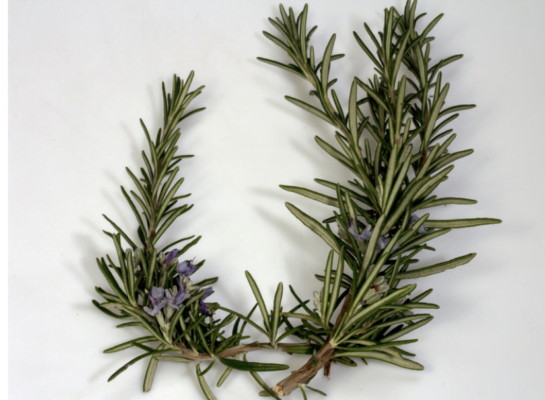
The majority of Italian meals, including pizza, noodles, lasagna, and flavour-infused rice, all need this distinctive herb.
How To Grow: Take a six-inch rosemary cutting. Remove the lower leaves from the cutting and soak the stem in water. In 10 days, roots will grow from the cuttings. You will find unique branches and leaves around 20 to 25 days. Remember to replace the water once a week.
Benefits: The leaf and its oil are frequently used in cuisine and medicine.
When applied to the scalp, rosemary appears to improve blood circulation, which may aid in the growth of hair follicles. Rosemary extract may also aid to protect the skin from UV rays.
People regularly use rosemary for memory, dyspepsia, fatigue, hair loss, and a variety of other purposes, however, most of these claims lack scientific basis.
2. Mint
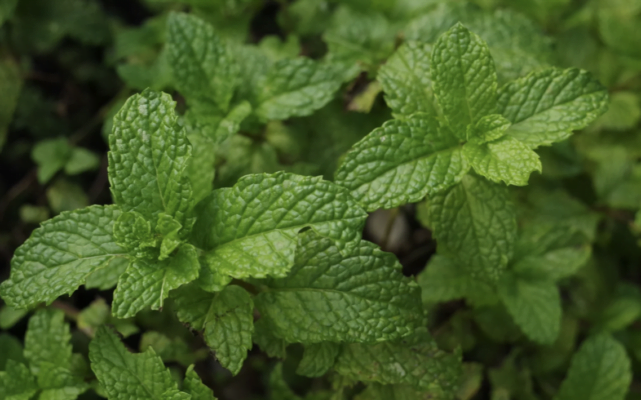
These plants are renowned for their cooling effects in specific. Both fresh and dried versions of them can be used as culinary additives.
How To Grow: Go to the market and buy three or four mint cuttings. Grab one small and one large jar. Make a few holes in the little container’s top. In these holes, insert the leaves that were earlier on the bottom of the cuttings.
Place the little box with the cuttings inside the other container after it has been filled with water.
Put the container in a spot with lots of sunlight. Once per week, the water is changed. Within a few days, the leaves will spread out, and you will see fresh white roots growing inside the small box.
Benefits: Mint leaves are rich in phytonutrients, vitamins A, C, and B-complex, calcium, phosphorus, and have antibacterial capabilities. They are also loaded with antioxidants.
It is one of the many abundant sources of iron, potassium, and manganese, all of which boost haemoglobin levels and support brain health. Mint leaves are easy to incorporate into a diet plan for weight loss because they are low in calories and contain little protein and fat.
3. Basil
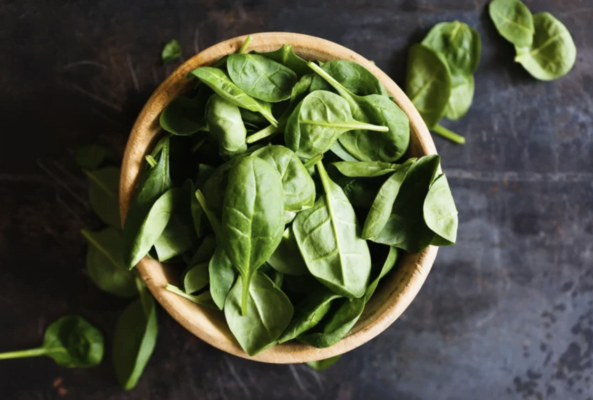
Another key Italian plant, basil, is also incredibly simple to grow.
How To Grow: It has dark green leaves that can grow up to three inches long and a spicy, fragrant flavour. The herb is frequently used in salads, for making pesto or other sauces, and can be used in making various salads.
Take two varying-sized containers, similar to how you would with mint leaves. Put two or three cuttings through the smaller jar’s apertures. Put this jar inside the larger, water-filled one.
Benefits: Basil can treat worm infections, warts, intestinal gas, kidney problems, fluid retention, head colds, and spasms in the stomach. Insect and snake bites are also treated with it.
4. Lemon Grass
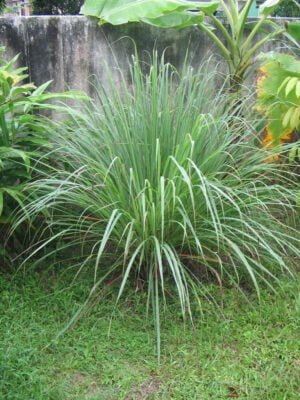
How To Grow: Gather a few lemon grass stems from the store. Ensure to include its roots as well. Leave it in a water-filled glass or container. Allow it to receive some sunlight and set it away. Within 15 days, you’ll see the plant producing fresh roots and leaves.
The same procedures can be used to grow it in the soil if you have room in your garden. In fact, you’ll see effects from this in less than 10 days.
Utilize your fresh lemongrass in a hot cup of coffee or add it to different curries for an extra flavour boost.
Benefit: Lemongrass herb is utilized to cure fatigue, fever, the common cold, convulsions, body aches joints, vomiting, discomfort, and digestive system spasms. Moreover, it functions as a mild astringent and a germicide.
5. Mexican mint
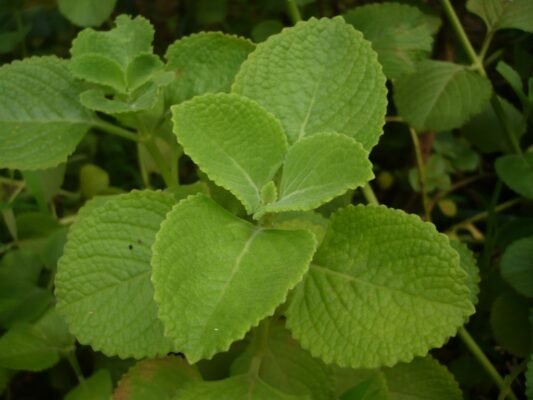
How To Grow: Mexican mint herb, which is thought of as a type of celery due to its aroma, has a number of therapeutic benefits. It can be added to tea or other beverages to enhance flavour and aroma.
Both soil and water can be used to effectively cultivate this mint in large quantities. It is preferable to put the plant in a large-mouthed container because it grows densely quickly. Take three or four plant cuttings, then set them in a water-filled container.
New roots will appear after a week, and leaves will appear after ten days. For quicker results, keep changing the water every other day.
Benefit: It is frequently used to cure ailments like colds, headaches, fevers, coughs and skin problems in traditional medicine. The plant’s leaves are frequently consumed raw, employed as flavourings, or used as ingredients in the making of traditional foods.
If you loved reading this story learn the top 5 ways to maintain sustainability at home.
If you know more inspirational stories about any person, company, new idea, or social initiative, write to us on mad4india.com, or share such information with us on Instagram, Facebook or LinkedIn.



